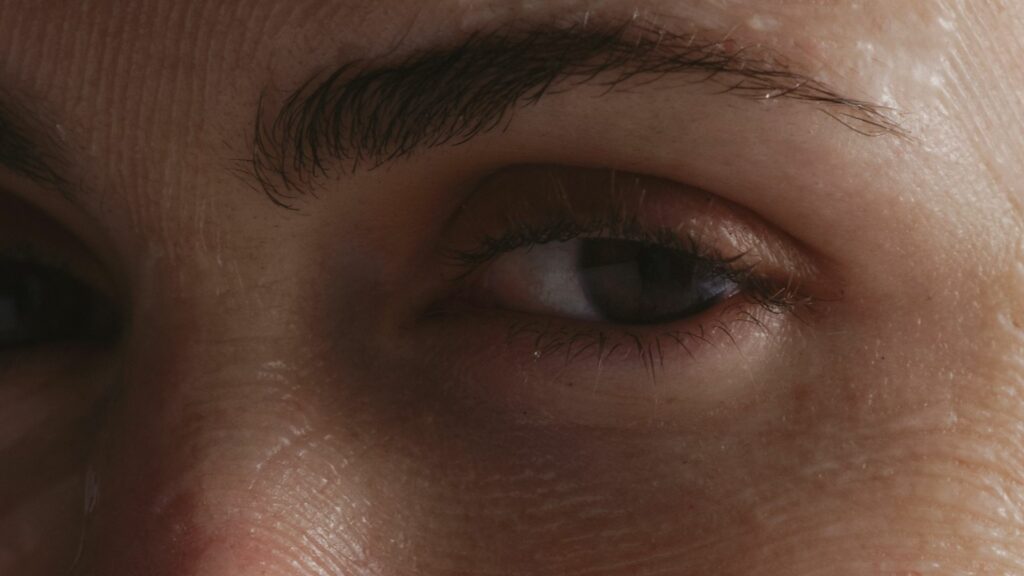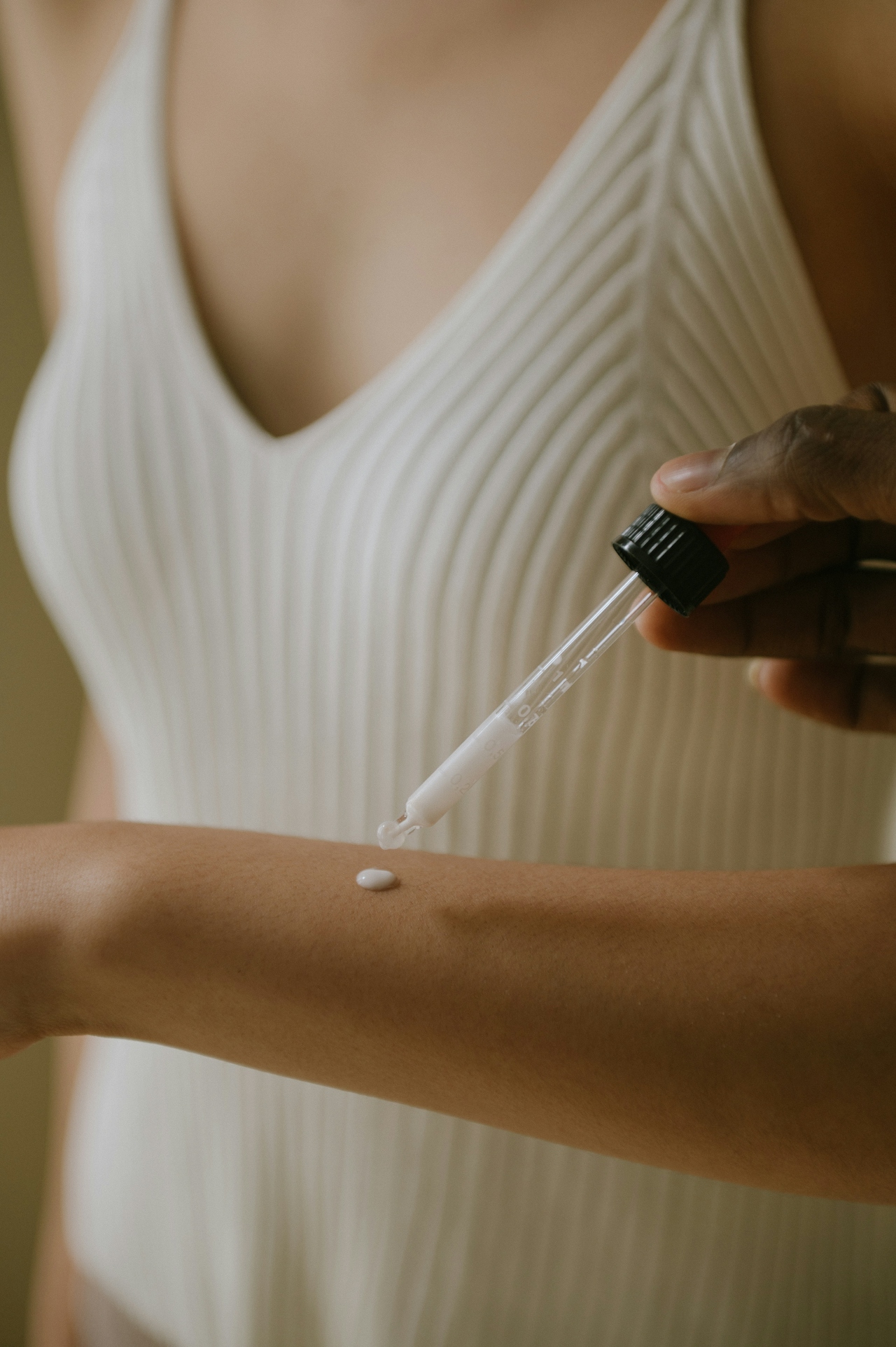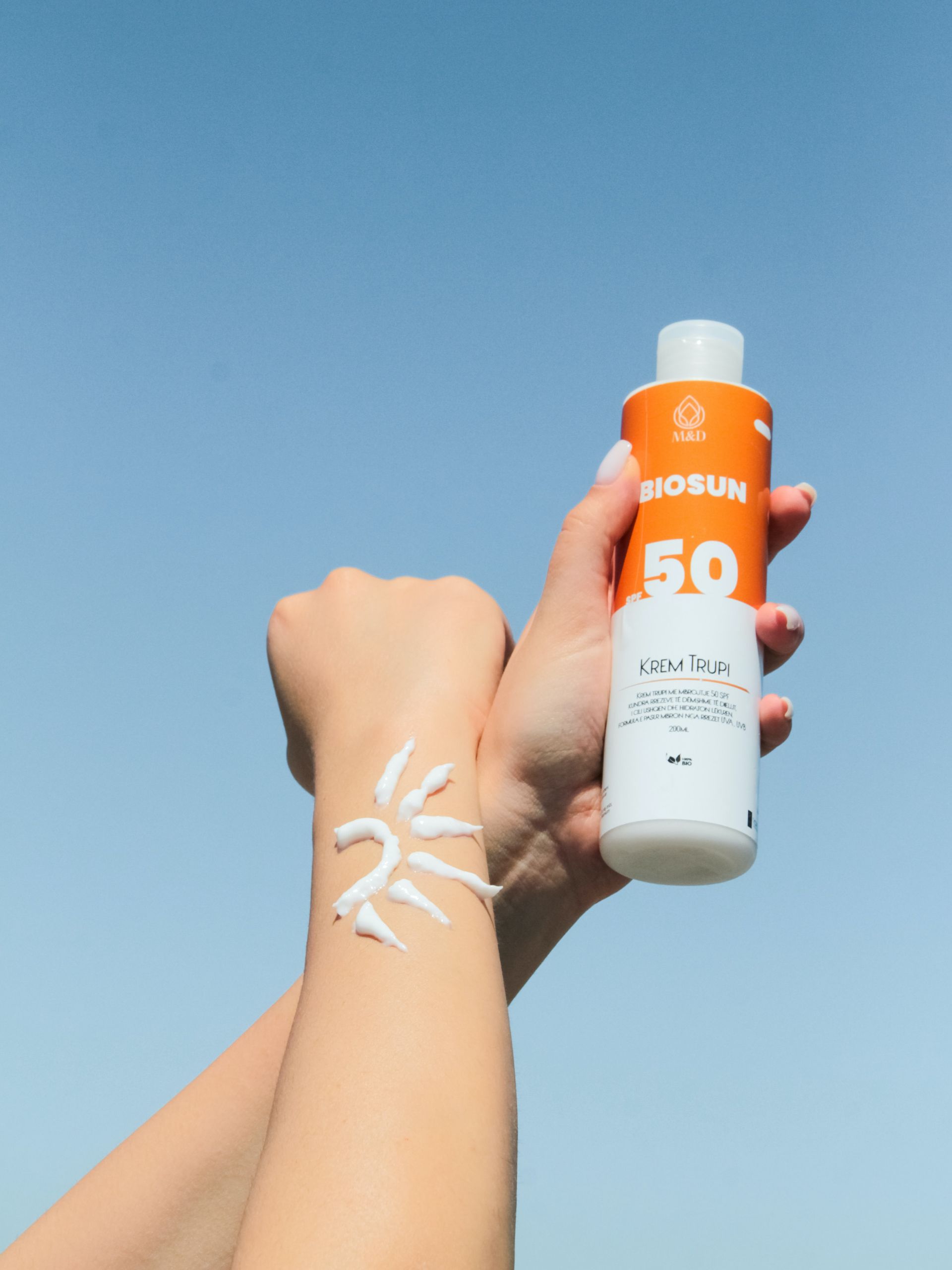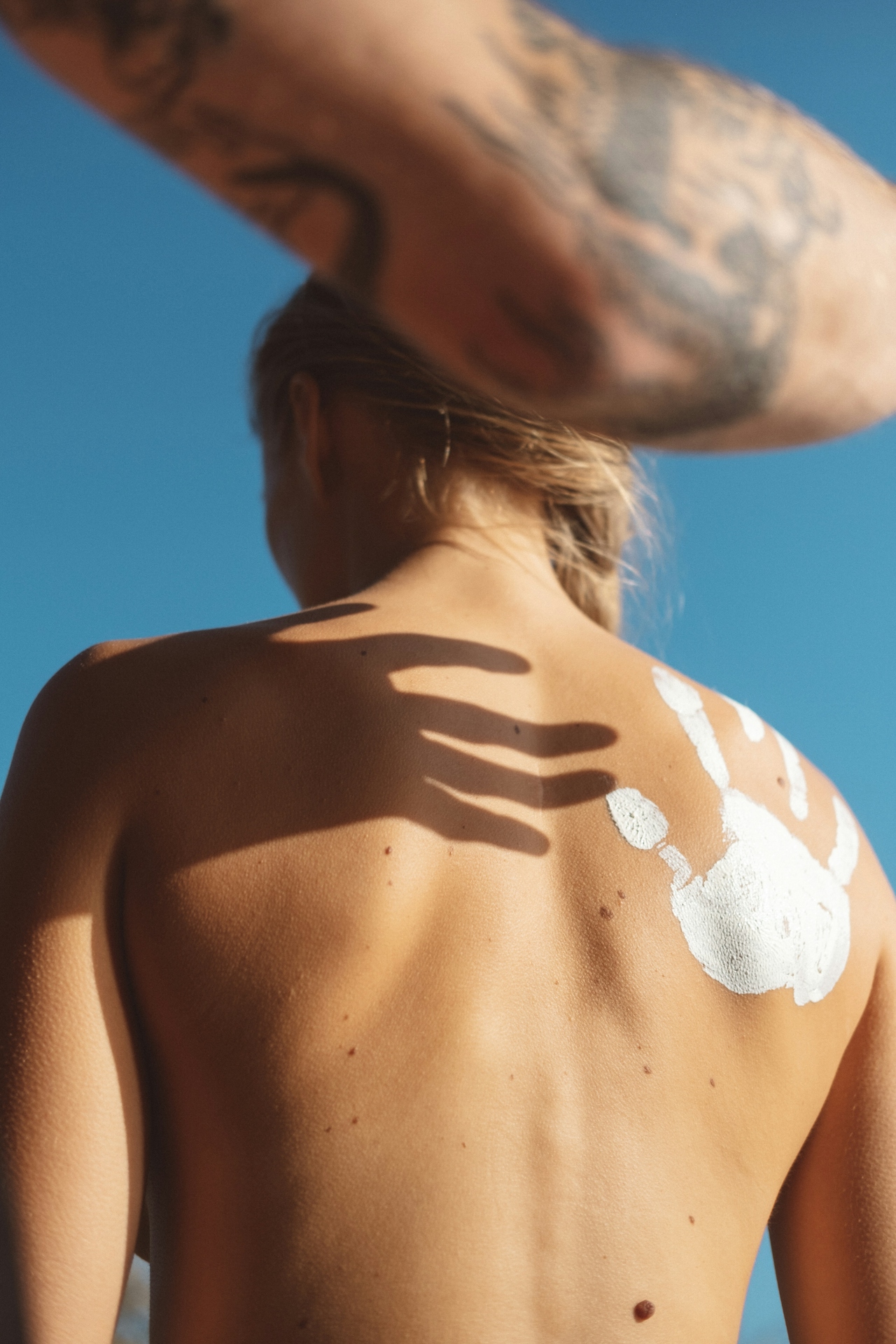
- What on earth is slugging?
- What are the benefits of slugging?
- Does slugging clog pores?
- Who is slugging best for?
- Who should avoid slugging their skin?
- How often should you do skin slugging?
- What products should you avoid when skin slugging?
- How to do skin slugging
- Best skincare products for slugging
- The Bottom Line
Have you been seeing all the buzz about “skin slugging” on TikTok lately? It seems everyone’s trying this new (well, not exactly new) method for achieving dewy, hydrated skin. But what exactly is slugging, and is it right for you?
This trend has garnered a lot of attention for its promise to keep skin hydrated and protected during the harsh winter months. Spoiler alert – it has nothing to do with actual slugs. Instead, it involves applying specific products that give your skin a slug-like appearance — but more on that later.
FYI: If you’re still creating a skincare routine for dry skin, we’ve got you covered.
What on earth is slugging?
Skin slugging is a simple yet effective way to boost your skin’s hydration. It involves applying a thick layer of an occlusive product, like petroleum jelly (think Vaseline!), as the last step in your nighttime skincare routine. [1]
Slugging gets its name from the occlusive layer’s glossy, slimy appearance, which resembles a slug’s trail. This occlusive layer acts like a seal, trapping moisture in your skin and preventing it from evaporating throughout the night.
What are the benefits of slugging?
Studies have shown that slugging can offer several benefits for your skin, including:
- Intense Hydration: By preventing transepidermal water loss (TEWL), the natural process by which water evaporates from your skin, slugging helps your skin stay plump and dewy. This is especially beneficial for those with dry or dehydrated skin. [2]
- Strengthens Skin Barrier: A healthy skin barrier is essential for keeping out irritants and protecting your skin from environmental damage. Slugging can help to repair and strengthen your skin barrier by creating a protective occlusive layer. [3,4]
- Soothes Irritation: If you’re dealing with irritated or inflamed skin, slugging can provide a soothing and calming effect. The occlusive layer helps to lock in moisture and reduce the feeling of tightness. [3,6]
- Reduces Appearance of Fine Lines: Dry skin can make fine lines and wrinkles more noticeable. By keeping your skin hydrated, slugging can help to plump and smooth the appearance of these lines. [3]
Does slugging clog pores?
One of the biggest concerns with slugging is whether it clogs pores, especially for those with oily or acne-prone skin. The answer depends largely on your skin type and the product used. Petrolatum-based products, like Vaseline, are non-comedogenic, meaning they shouldn’t clog pores for most people.
However, if you have acne-prone or oily skin, slugging might exacerbate breakouts.
Who is slugging best for?
Skin slugging can be a great option for those with:
- Dry Skin: If your skin feels tight, flaky, or rough, slugging can help to restore its natural moisture balance.
- Dehydrated and Mature Skin: Dehydrated skin may not necessarily be oily, but it lacks water content. Slugging can help to replenish this lost moisture.
- Sensitive Skin: The occlusive barrier created by slugging can help to soothe and protect sensitive skin. [5]
- Those Experiencing Skin Barrier Disruption: Skin conditions like eczema or psoriasis can benefit from the extra hydration and protection that slugging provides. [4]
Who should avoid slugging their skin?
While slugging can be beneficial for many, it’s not for everyone. Here’s who might want to skip this trend:
- Oily Skin: If you already have oily skin, slugging can trap excess oil and lead to breakouts.
- Acne-Prone Skin: Similar to oily skin, slugging can worsen acne for those who are prone to breakouts.
When slugging, avoid slugging if you’re using skincare products containing strong actives like alpha hydroxy acids (AHAs) or retinol, as the occlusive layer can trap these ingredients and irritate your skin.
How often should you do skin slugging?
Start slow and remember that the frequency of slugging depends on your skin’s needs. Begin by slugging once or twice a week, especially if you have oily or acne-prone skin. You can gradually increase the frequency to nightly use if your skin tolerates it well, but we only recommend this if you have extremely dry skin.
For dry or sensitive skin, slugging can be done nightly. Listen to your skin and adjust accordingly. You can learn more about your skin type via our cheat sheets here.
What products should you avoid when skin slugging?
As mentioned earlier, avoid combining slugging with strong active ingredients that can cause irritation under the occlusive layer, such as:
- Retinoids: They can become too potent and cause irritation.
- Acids (AHA/BHA): They can lead to over-exfoliation.
- Benzoyl Peroxide: It can become too harsh when trapped under an occlusive layer.
How to do skin slugging
Here’s a simple slugging skincare routine you can try at home:
- Cleanse your face: Remove all makeup, sunscreen, and dirt with a gentle cleanser. Pat your skin dry.
- Apply your usual hydrating products: This could include a hydrating toner, serum, and moisturizer. Opt for lightweight, fragrance-free products.
- Seal it in! Here comes the slugging part. Apply a thin layer of petroleum jelly, like Vaseline, to your entire face, avoiding the eye area and lips. You want a thin layer that creates a seal, not a heavy mask.
Pro-Tip: Warm up a tiny bit of the petroleum jelly between your fingers before applying. This will make it easier to spread and feel less greasy.
Best skincare products for slugging
- Vaseline Original Petroleum Jelly: This is the classic slugging product, and for good reason! It’s affordable, non-comedogenic, highly effective, and hypoallergenic. Look for 100% pure petroleum jelly without any added fragrances or dyes.
- Aquaphor Healing Ointment: This fragrance-free ointment is another popular choice for slugging. It contains petrolatum (petroleum jelly) along with other soothing ingredients like panthenol and lanolin.
- CeraVe Healing Ointment: Includes ceramides to help restore the skin barrier.
- Facial oils: For those who prefer a lighter option, facial oils high in linoleic acid, like safflower or evening primrose oil, can be used for slugging. However, these may not be as effective as occlusive ointments for dry skin.
The Bottom Line
Skin slugging can be a simple and effective way to boost your skin’s hydration, especially during the winter months. However, it’s not a one-size-fits-all approach. Consider your skin type and concerns before diving in. Here are some key takeaways to remember:
- Benefits: Intense hydration, strengthens skin barrier, soothes irritation, reduces appearance of fine lines.
- Best for: Dry, dehydrated, sensitive skin, or those experiencing skin barrier disruption.
- Avoid if: You have oily or acne-prone skin or are using strong actives like AHAs or retinol.
- Start slow: Begin with once or twice a week and increase frequency as tolerated.
- Products: Petroleum jelly, Aquaphor Healing Ointment, facial oils (for a lighter option).
Have you tried slugging? Share your experience in the comments below! And if you’re new to slugging, patch-test the product on a small area of your skin before applying it to your entire face.
REFERENCES
- Pagani K, Lukac D, Martinez R, Jablon K, McGee JS. Slugging: TikTokTM as a source of a viral “harmless” beauty trend. Clin Dermatol. 2022 Aug 9:S0738-081X(22)00109-2.
- Santos-Longhurst, A. (2022, June 10). All Your Qs about Slugging Your Skin, Answered. Healthline. https://www.healthline.com/health/skin/slugging-skin
- Author, U. V. (2023, December 13). 101 Uses for Vaseline Petroleum Jelly. Vaseline. https://www.vaseline.com/za/en/articles/ingredients/hundred-and-one-uses-for-vaseline-petroleum-jelly.html
- Czarnowicki T, Malajian D, Khattri S, Correa da Rosa J, Dutt R, Finney R, Dhingra N, Xiangyu P, Xu H, Estrada YD, Zheng X, Gilleaudeau P, Sullivan-Whalen M, Suaréz-Fariñas M, Shemer A, Krueger JG, Guttman-Yassky E. Petrolatum: Barrier repair and antimicrobial responses underlying this “inert” moisturizer. J Allergy Clin Immunol. 2016 Apr;137(4):1091-1102.e7.
- Karadag E, Kilic SP, Karatay G, Metin O. Effect of baby oil on pruritus, sleep quality, and quality of life in hemodialysis patients: Pretest-post-test model with control groups. Jpn J Nurs Sci. 2014;11:180–9.
- Lin TC, Lai YH, Guo SE, Liu CF, Tsai JC, Guo HR, Hsu HT. Baby oil therapy for uremic pruritus in haemodialysis patients. J Clin Nurs. 2012 Jan;21(1-2):139-48.
- Murakami Y, Saya Y, Morita E, Matsunaka H. Novel petrolatum-based ointment that is highly moisturizing and has superior usability with increased adherence in patients with facial dry skin. J Cosmet Dermatol. 2020 Oct;19(10):2650-2655.



